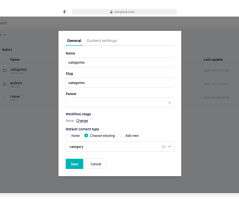Dynatrace SaaS release notes version 1.231
Dynatrace
DECEMBER 2, 2021
Corrected inconsistency between tags in ServiceNow event notifications and tags of the event when the tags changed on the affected entity of the event after event creation. (APM-332637). to Python 3.8. Log queries using comparison operators like `<` and `>` are now correctly rejected as unsupported. (APM-329649).














Let's personalize your content